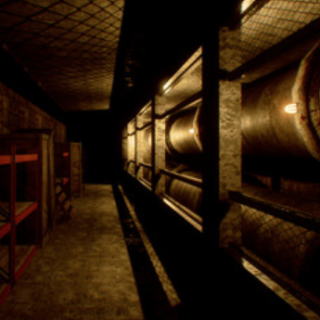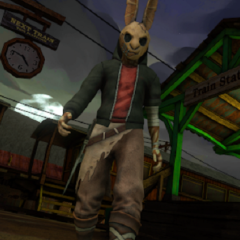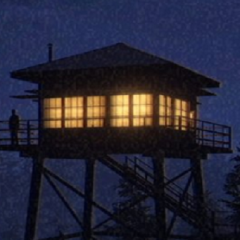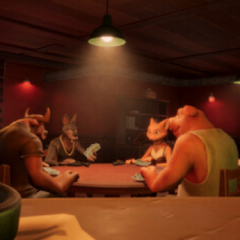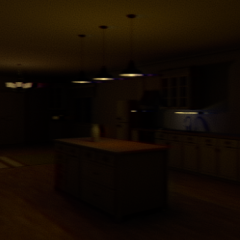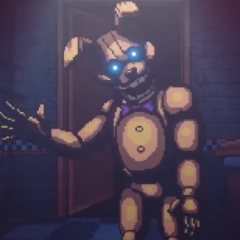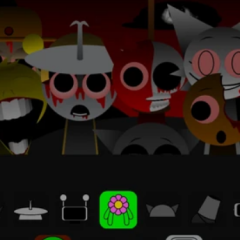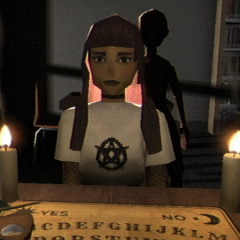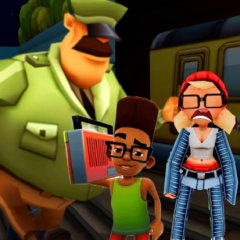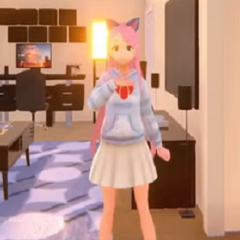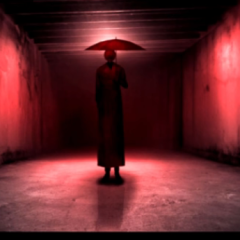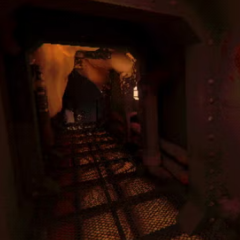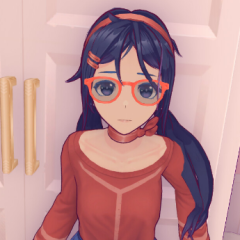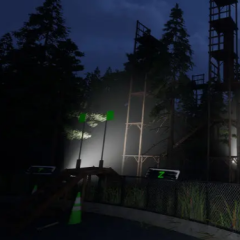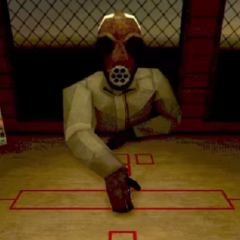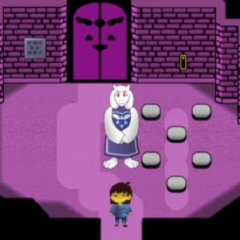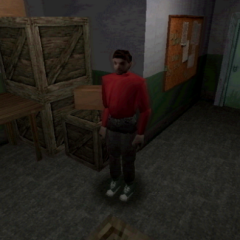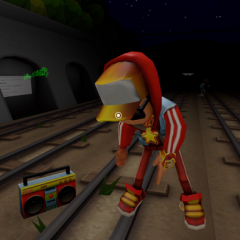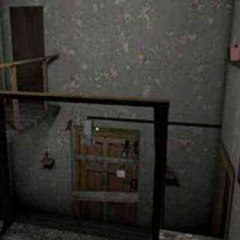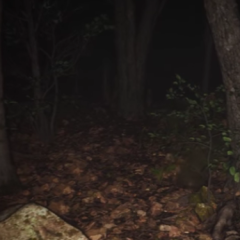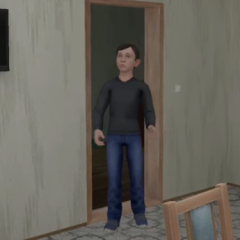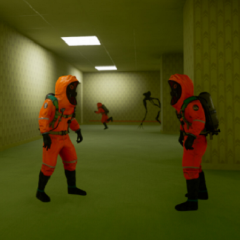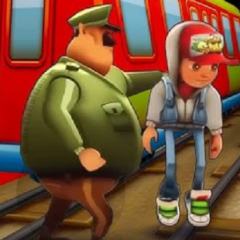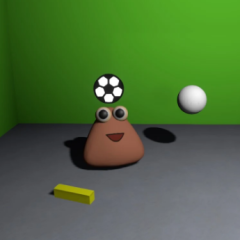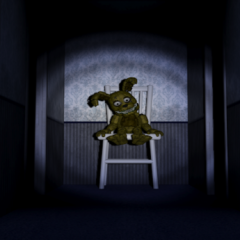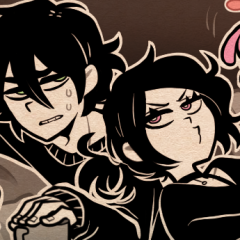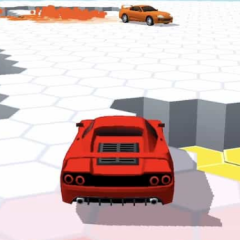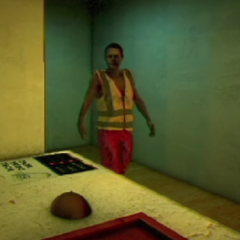Terror
Terror is a psychological horror game that places the player in a confined, isolated setting. The environment is dark and minimal, with limited tools available for survival. The story unfolds through environmental cues, scattered notes, and sudden sound triggers. As the player progresses, the narrative reveals fragments of a past event tied to the location. The game encourages observation and decision-making based on clues that are easy to miss during a casual walkthrough.
Interaction and Environmental Design
The core mechanic of Terror revolves around exploration and interpretation. Players must navigate through corridors, locked rooms, and empty spaces that appear deceptively quiet. Each section of the map hides objects or documents that slowly piece together the background. Movement is slow, and the sound design guides players toward areas of interest or danger. There is no direct combat; instead, the player must use logic and timing to avoid threats and escape the environment.
Structure and Player Tasks
The gameplay in Terror involves repeated loops of exploration, observation, and puzzle-solving. There are no traditional levels. Instead, progression is marked by unlocking new areas or triggering scripted sequences. The player has access to a small number of interactive tools and must choose how and when to use them. Every action can lead to a consequence later in the game. Some puzzles require returning to earlier rooms after gathering new information.
Key gameplay components include:
- Collecting and interpreting written notes
- Navigating through locked or obscured areas
- Identifying sound cues for direction or warning
- Managing limited light sources and battery life
- Discovering optional story segments based on choices
Psychological Pressure and Nonlinear Paths
Terror uses pacing and ambiguity to build pressure. The game avoids constant action, instead creating long periods of quiet tension. Players must decide whether to follow certain audio cues or ignore them, as both options may alter the outcome. There are multiple narrative paths, some of which are hidden unless the player meets specific conditions. The timeline of events remains intentionally unclear until near the conclusion.
The story within Terror is revealed slowly and indirectly. Players are expected to think critically and make connections based on fragmented evidence. The ending changes depending on what was discovered or missed throughout the game. Each playthrough can reveal different layers of the narrative, encouraging repeat sessions to fully understand what happened in the setting.
